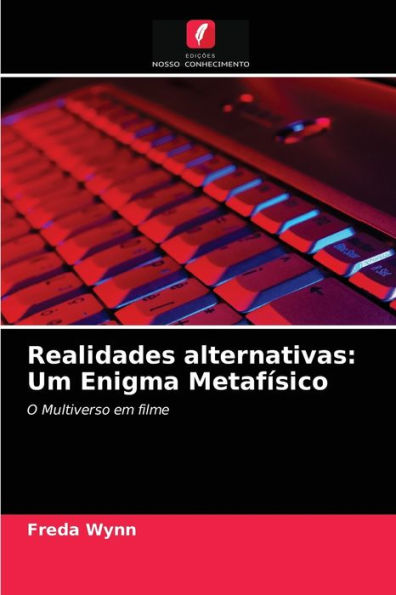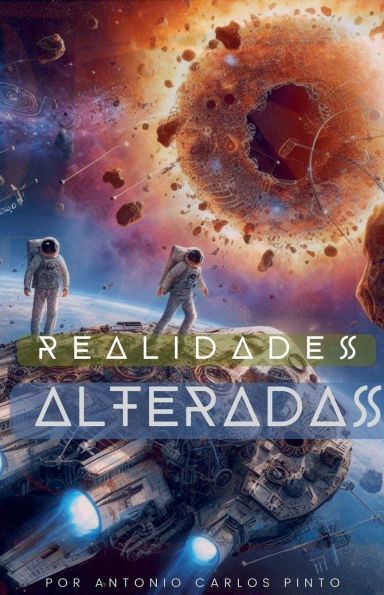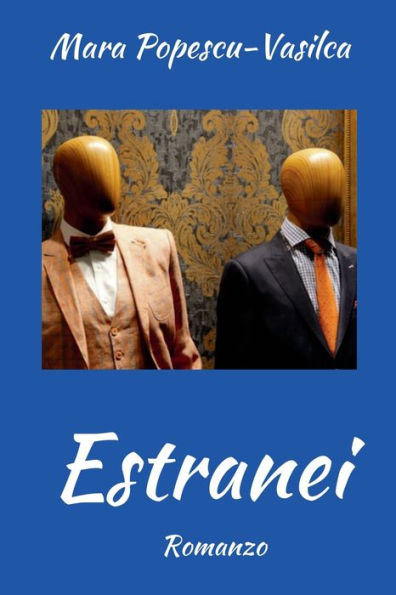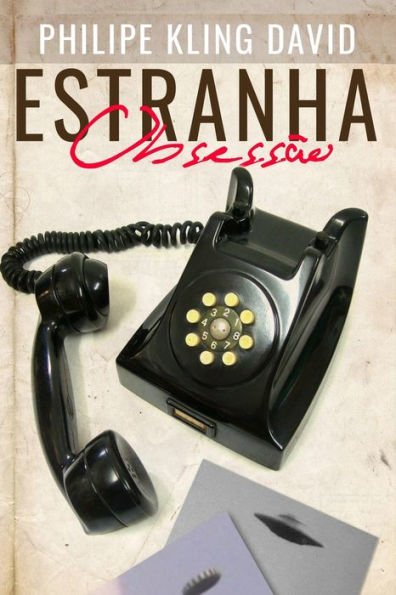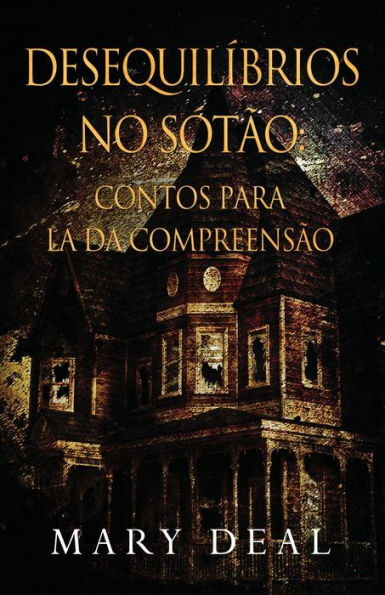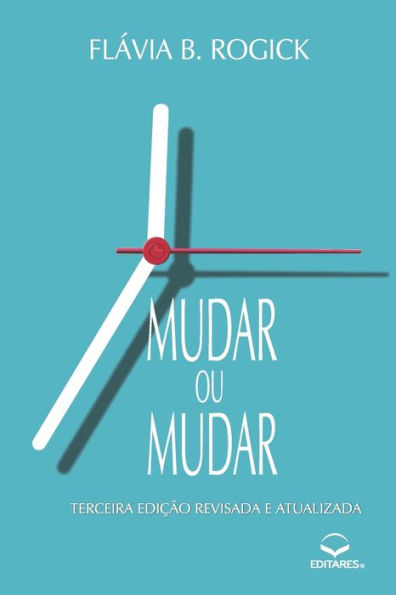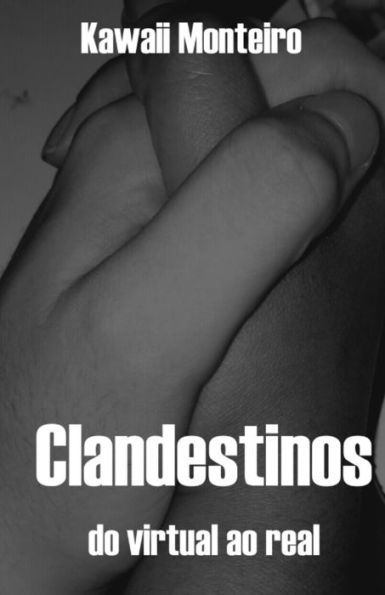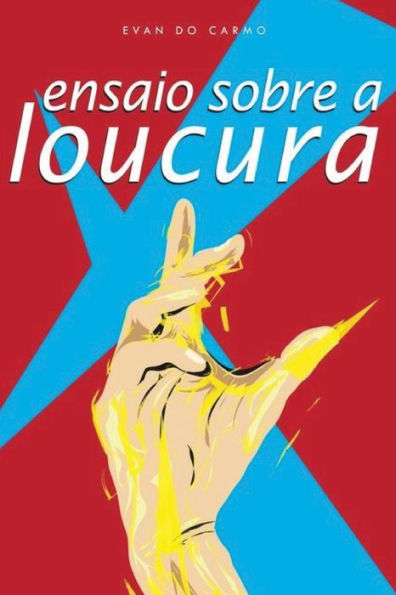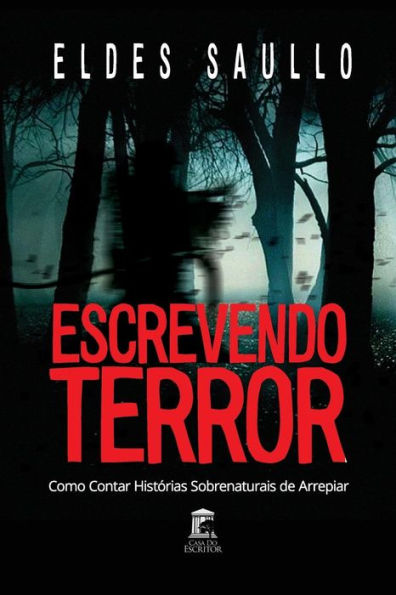Home
ER-RE: Estranhando o Real - Realizando o Estranho


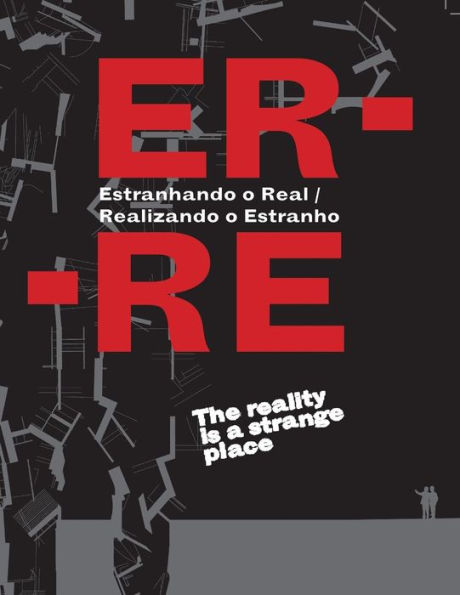
ER-RE: Estranhando o Real - Realizando o Estranho
Current price: $19.99
Loading Inventory...
Size: OS
The reality is a strange place. Events that seemed impossible to happen succeed unceasingly: Brexit, Islamic State, Donald Trump, mass immigration, Michel Temer, the Army at Espírito Santo's streets, Artificial Intelligence, bubble algorithms in social media, Vladimir Putin, Global Warming, the Anthropocene, pictures that looks like renderings...
In face of these facts, Architecture seems only to remediate the malaise of neoliberal capitalism. The most recent Venice Architecture Bienalle, curated by Alejandro Aravena, mapped what according to the architect is the practice in the front: A collection of words that seems to point to traditional ways of designing. At the same time, the most engaged urbanistic discourse is "the city for people", spreading around the world nostalgically the European city with its piazzas and cycle lanes. It looks like we are unable to imagine radical alternatives for our society.
If, as the architect and theorist David Ruy argues, Architecture is by excellence the field that produces the image of reality today and in the future, speculative projectsare able to produce new ways of living and to project in the future the implications of our choices of today. Projects like the Fun Palace, by Cedric Price, Plug-in City, by Archigram, Continuous Monument, by Superstudio, No Stop City, by Archizoom, were instrumental to imagine and consequently to build our own habitat.
The exhibition focuses in architectural project that are not representations of building to be built. In a conversation with Peter Eisenman, we asked him: What is the difference between Architecture and building? Surprisingly, the North-American architect answered that Architecture do not solve problems, only creates them. His provocative statement makes it clear that, for him, Architecture is not the resolution of problem through buildings, but the exploration of formal issues with social and cultural relevance.
The curatorial goal is to explore how architects and artists are able to produce ideas about radical ways of being through their own media: drawings, models and words. In moments of crisis, when it seems there's no alternatives and nothing really changes, to produce the image of new forms of re-existence is a radical act.
